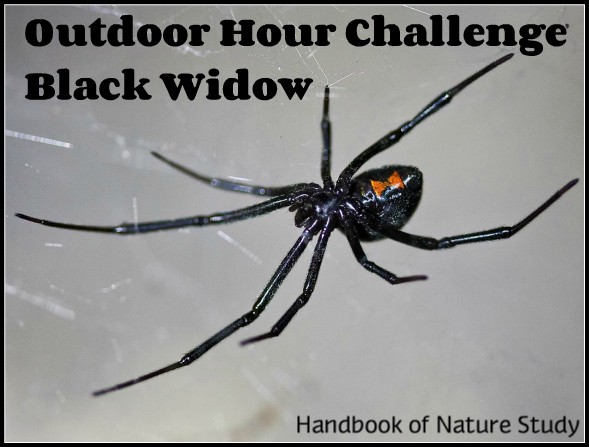Outdoor Hour Challenge 2020-2021
Get Ready for Autumn!
I am reposting the information about the upcoming school year’s plan for the Outdoor Hour Challenge.
I’m getting excited to start a new school year of nature study alongside all of you! The plan this year is packed with a variety of awesome topics that will appeal to a wide range of children and those who live around the world. My friends are all geared up to start on September 4, 2020 with the Autumn Nature Study ebook. I, on the other hand, am having trouble imagining I’ll be ready for “autumn” nature study in just a few weeks from now. But, I’m sure that by the time it arrives, September is going to be a rich month of nature time before the weather turns too cold or wet.
Join us if you have a membership by reading the instructions below and then getting your nature journals ready. Don’t forget to print out the nature planner pages for the autumn season for even more ideas in addition to the Outdoor Hour Challenge topics.
There’s something for everyone in an Ultimate Naturalist Library membership!
Here are the five ebooks that will be planned out from September 2020 to August 2021.
Autumn – Final Ebook: swallows and swifts, catbirds, cockroaches, field horsetail, sapsucker, brook study, catfish, jewelweed, prickly lettuce, hedgehog fungi, calcite, limestone, marble, chickens, and turkeys.
Winter Nature Study Continues Ebook: cattle, deer, feldspar, Orion star study, crystals, flickers, scarlet saucer, bloodroot, hepatica, violets, bleeding hearts, Dutchman’s breeches, and squirrel corn.
Bird Set #1 Ebook: pelican, swan, snipe, egret, sandhill crane, American dipper, horned lark, magpie, and Clark’s nutcracker.
Wildflowers Ebook #3: fireweed, salsify, paintbrush, forget-me-nots, and silverweed.
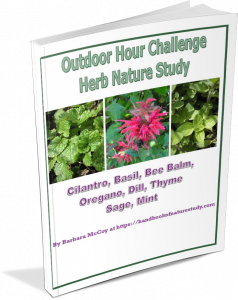
Outdoor Hour Challenge September 2020 – August 2021 for Members
Get the Year Plan in a PDF: Subscribe to the Ultimate Naturalist Library, Journey, or Discovery level membership: Your membership will give you access to a detailed schedule for the entire year. You will have a printable plan that shows dates and specific topics that will be considered every Friday. This makes your planning super easy!
As there were last year, I’ve created monthly planning pages with lots of additional nature study ideas that you can use to enrich your nature study. These are similar to the planning pages I created for the newsletters in the past. If you’re a member at any level, you’ll receive all 12 months of planning pages in one pdf to download and print!
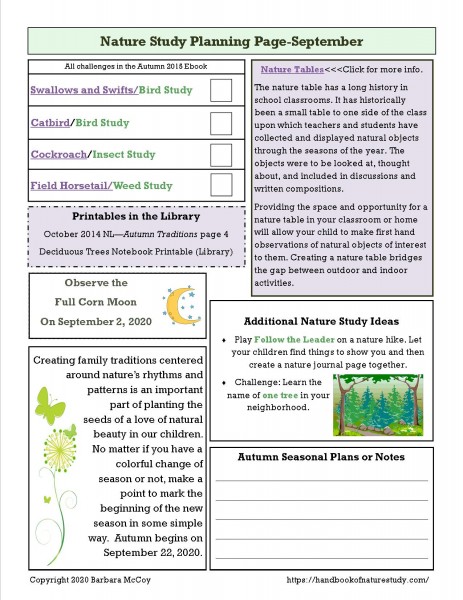
Do You Want to Join Us? Here’s what you need to do!
- Purchase a membership here on the Handbook of Nature Study. Remember that if you want access to all the ebooks, you’ll need an Ultimate Naturalist or Journey Level Membership. If you purchase a membership now, you’ll have access to all of the new ebooks as they become available. A membership here on the Handbook of Nature Study starts the date of purchase and is valid for one year.
- Download the ebooks as they become available.
- Download the September 2020 through August 2021 plan.
- Subscribe to the Handbook of Nature Study blog for reminders each Friday.
If you can’t purchase a membership at this time, you can still follow along by subscribing to the blog and each week’s Outdoor Hour Challenge will come right to your email inbox.
Click Below to Get Started!
 Use the discount code NEWSTART for $10 off your Ultimate Naturalist Library membership. Code expires 9/1/2020.
Use the discount code NEWSTART for $10 off your Ultimate Naturalist Library membership. Code expires 9/1/2020.

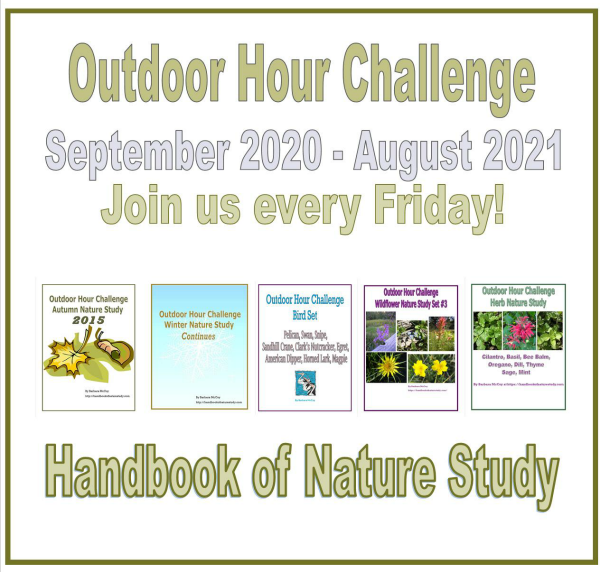


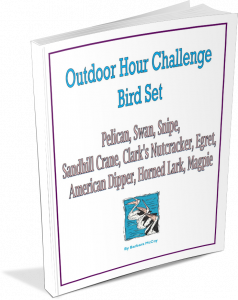
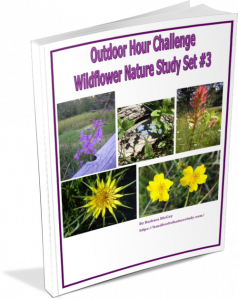

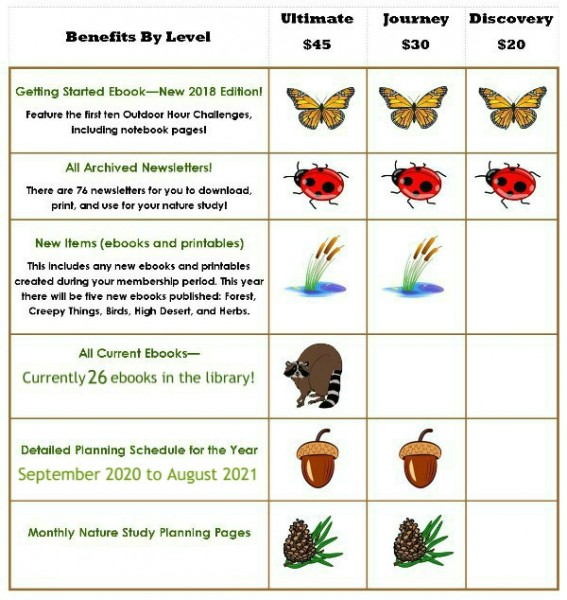


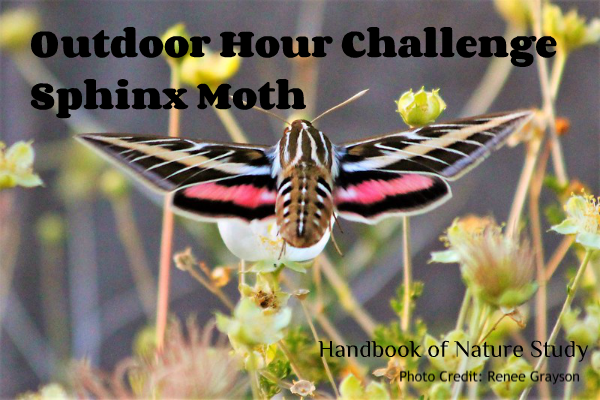
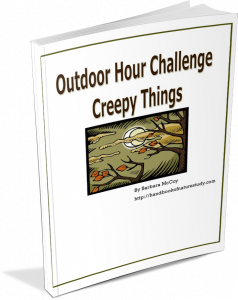

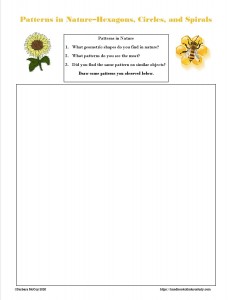


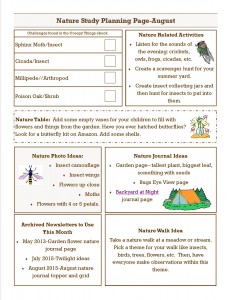
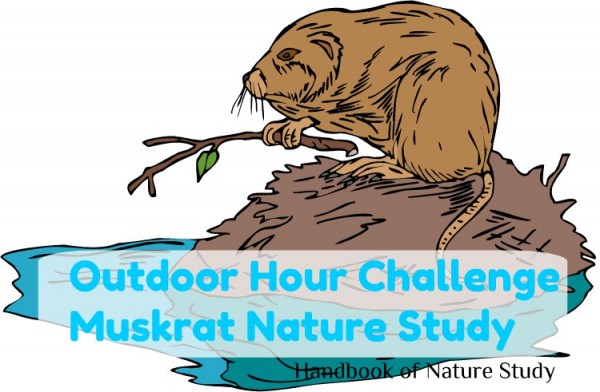
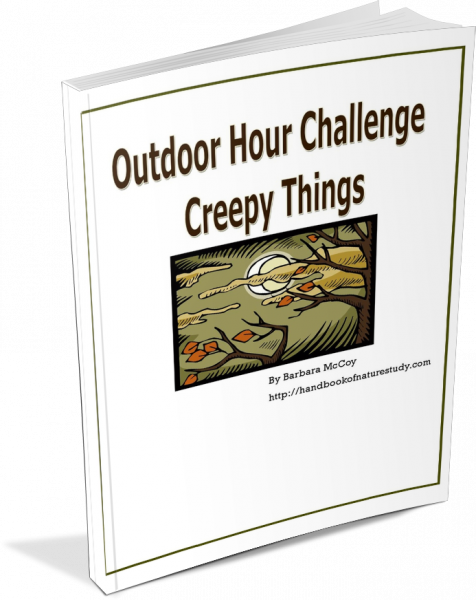
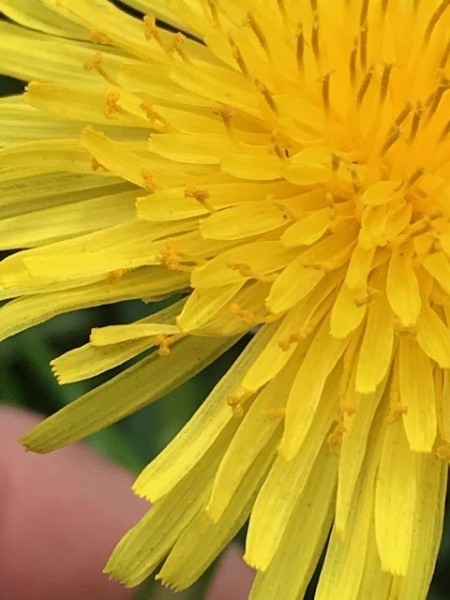
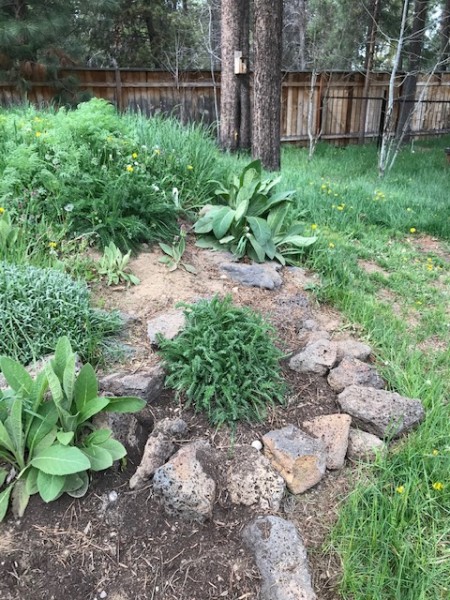
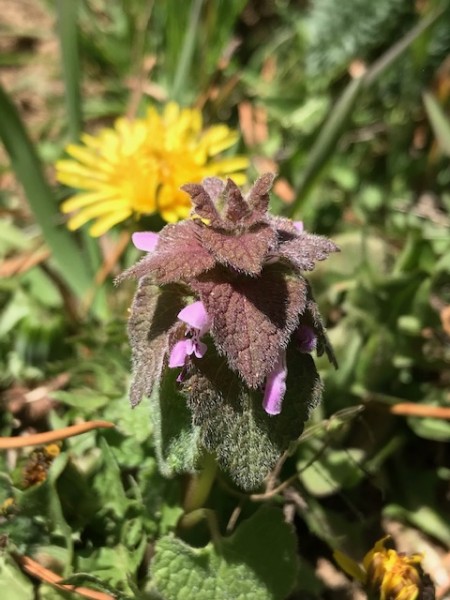
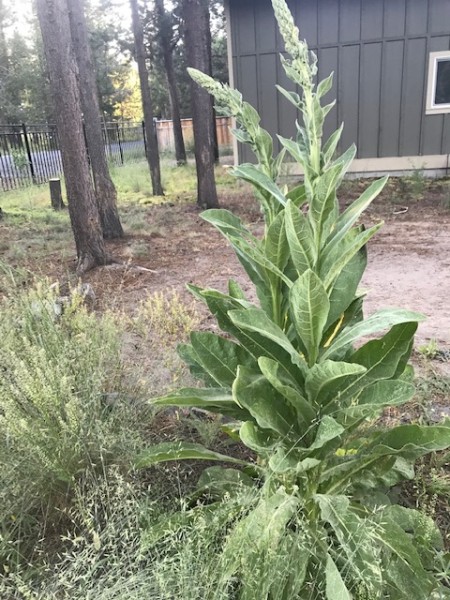
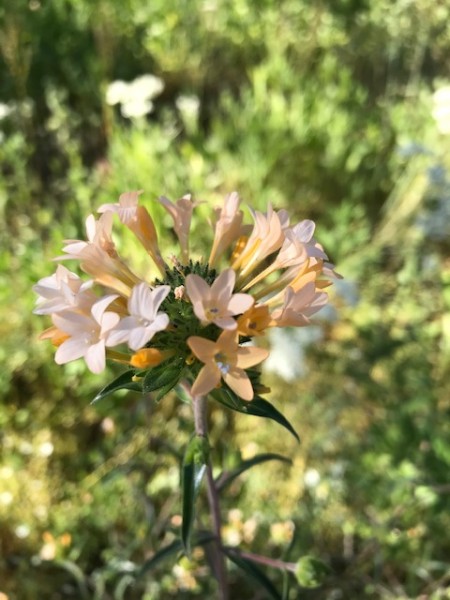
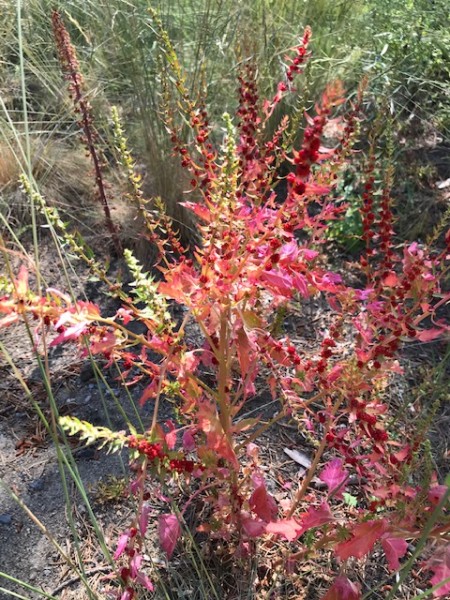
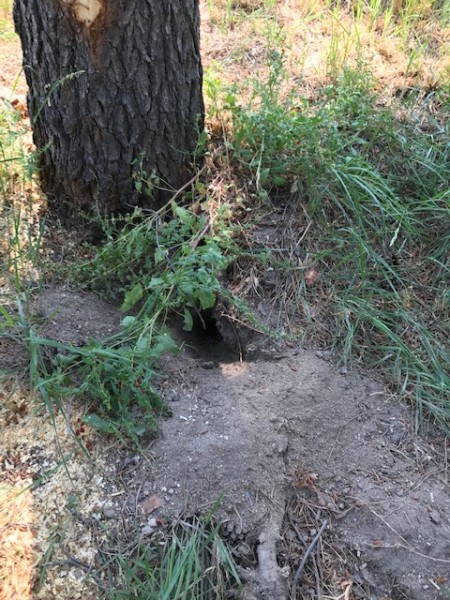

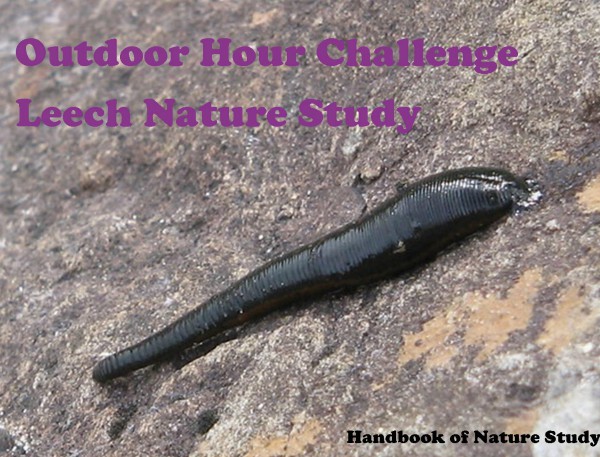


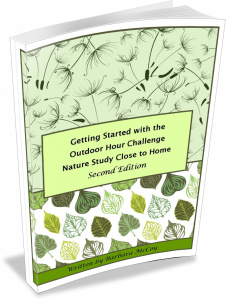
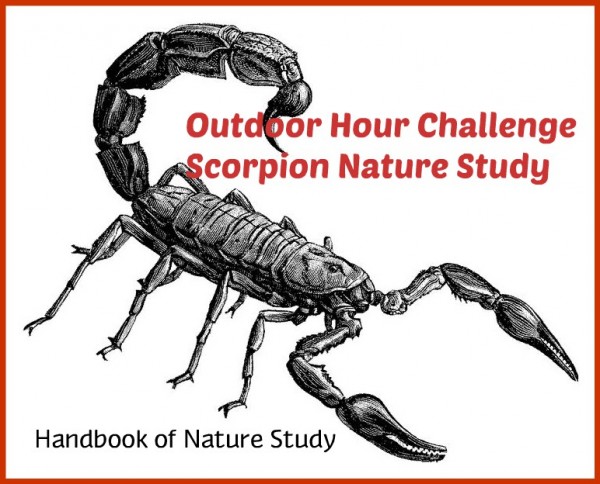
 You can read how to use these printable planning pages by reading the entry in the archives:
You can read how to use these printable planning pages by reading the entry in the archives: